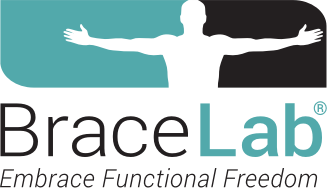Nerve Transfers: The Importance of Pre-Operative Therapy

March 2024 No. 83
Nerve Transfers: The Importance of Pre-Operative Therapy
by Karol S. Young, OTD, OTR/L, CHT
A recent patient with a distal radius fracture and ulnar nerve laceration led me to explore current treatment recommendations for nerve repair (Figure 1). I found that recent advancements in management of nerve injuries have shifted the literature focus to nerve transfer more than nerve repair. My literature review highlighted the importance of pre-operative therapy prior to nerve transfer. Since patients usually wait for evaluation for nerve transfer surgery, therapy to reduce edema, control pain, and regain/maintain range of motion will prepare them for surgery and maximize its outcome.


Figure 1: Patient with distal radius fracture and ulnar nerve injury.
Patient Education
Nerve regeneration occurs at the rate of a millimeter a day, an inch a month, and about 1.5 feet a year but this distance guideline may not seem real to our patients. Perhaps it is more useful to use an analogy such as “road detour” with your patient. We explain that an injured nerve is similar to a road that is no longer passable. To get to where you are going you must take a detour that requires a new route to travel around the road that is out of service. Construction and traffic delays around the detour will take extra time. However, once a new route is established the travel will be easier and familiar (Figure 2). Most of all, it is important to explain the patience needed for the months-long journey to nerve recovery. Since nerve recovery is optimized by adherence to a home exercise program, it is helpful to encourage your patient by using small functional gains as milestones toward healing.
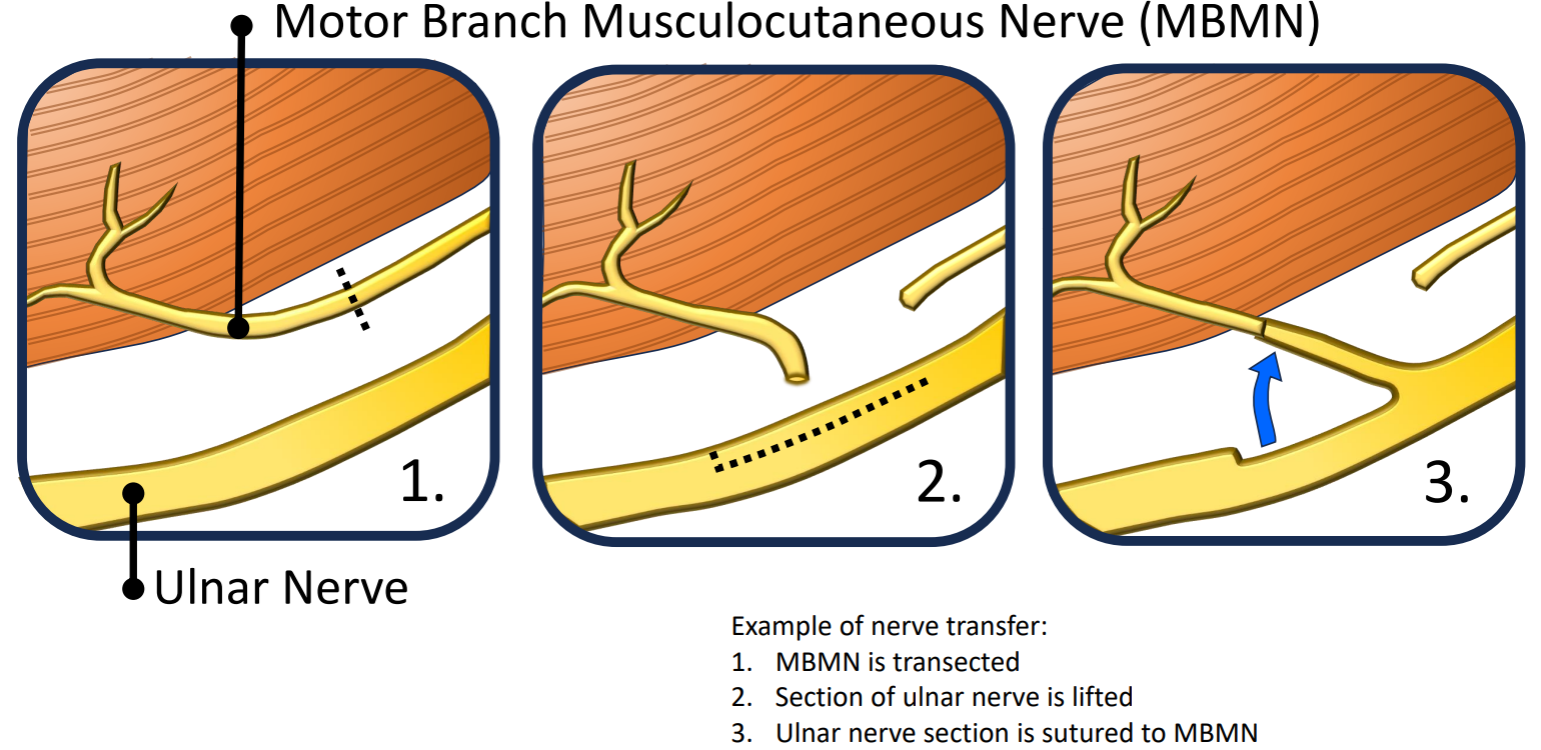

Figure 2: Diagram of Nerve Transfer; Redrawn from MayoClinic.org
Engaging the Brain
The sensorimotor cortex is dependent upon feedback from the movement of the wrist and hand. Only twenty-four hours of disuse/immobilization decreases motor cortex excitability and reduces activation in the somatosensory cortex. However, even imagined movement of the upper extremity and movement of the contralateral side has been shown to stimulate the sensorimotor cortex of the brain. Using the concepts from BraceLab’s Clinical Pearl #59 will maintain the brain and hand connection. As the patient imagines movement, the sensorimotor cortex of the brain becomes stimulated. We use graded motor imagery (GMI) to initiate imagined movements of the injured wrist and hand. The patient purchases a small mirror for practice of graded motor imagery at home (Figure 3).
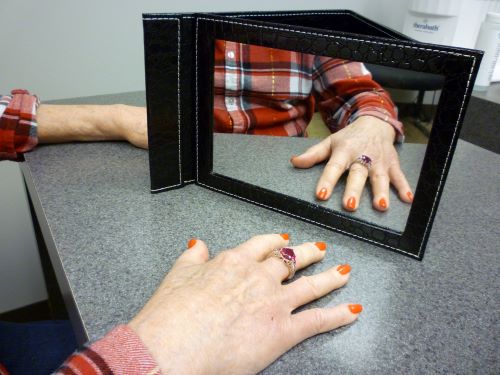

Figure 3: Small mirror used for GMI home program
Joint and Soft Tissue Limitations
Baseline range of motion measurements are taken to identify limitations related to joint and soft tissue restrictions and serve as a basis to monitor progress after surgery. Joint stiffness can be addressed with a home exercise program for self-stretching. Active motion, compression, and positioning are recommended to reduce edema.
Muscle Function
The literature on “donor activation focused rehabilitation approach” (DAFRA) to nerve transfers discusses the importance of muscle function in the outcomes of nerve transfer. The most efficient muscle contraction occurs when a muscle is at its ideal length. An overstretched or shortened muscle has a difficult time generating force, will not contract properly, and therefore will not drive improved joint motion and function. Preoperative treatment should place muscles in their optimal position while awaiting nerve return. For example, with an ulnar nerve injury, this is accomplished with an orthosis (Figure 4).
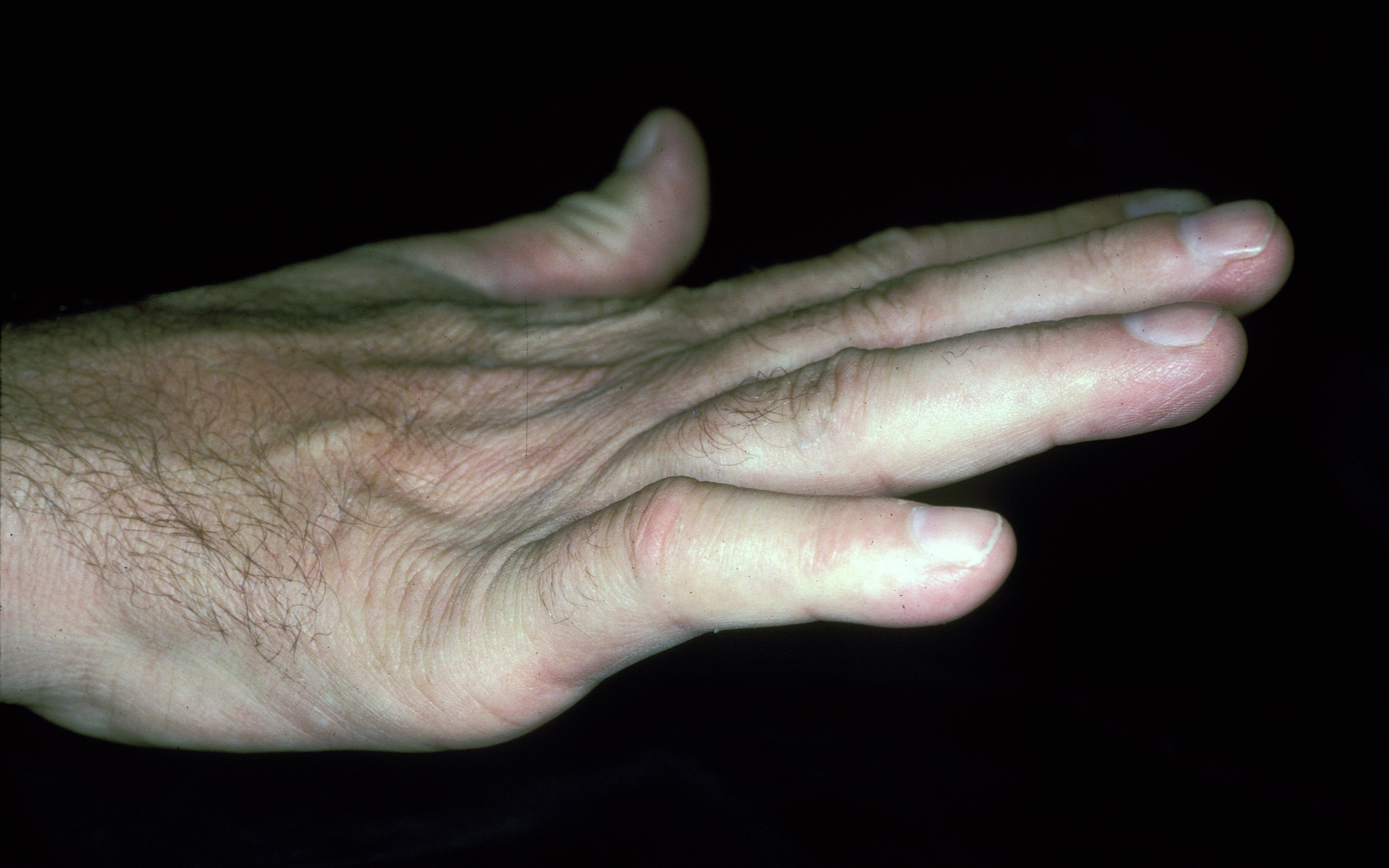



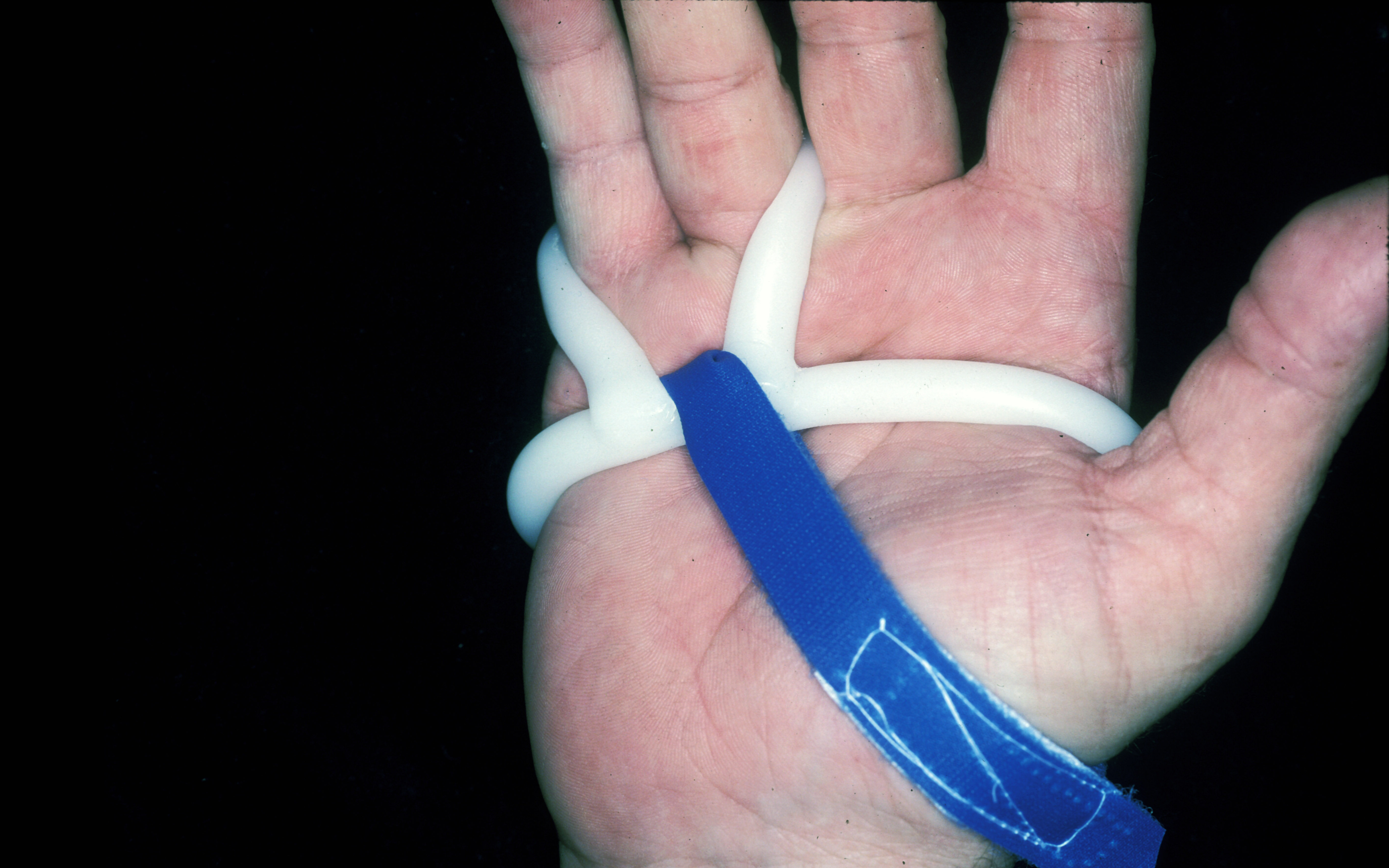

Figure 4: An orthosis for proper positioning to prevent clawing. The orthosis blocks MP joint hyperextension, transmitting power for PIP joint extension.
Pre-Operative Impact
Pre-operative therapy addresses the deficits resulting from nerve injury and plays an important role in preparing the patient for expected outcomes of nerve transfer surgery and subsequent post-operative therapy. Involving patients in pre-operative care will keep them engaged in the slow but steady journey of nerve regeneration.
Join me in advocating for the role of hand therapy as part of nerve transfer preparation so it becomes standard practice and optimizes surgical outcomes.
Download Clinical Pearl No. 83, Nerve Transfers: The Importance of Pre-Operative Therapy, March 2024
© BraceLab; 2024 all rights reserved
Disclaimer: BraceLab Clinical Pearls are intended to be an informal sharing of practical clinical ideas; not formal evidence-based conclusions of fact.
